Like this article?
Go on, give it a kudu!
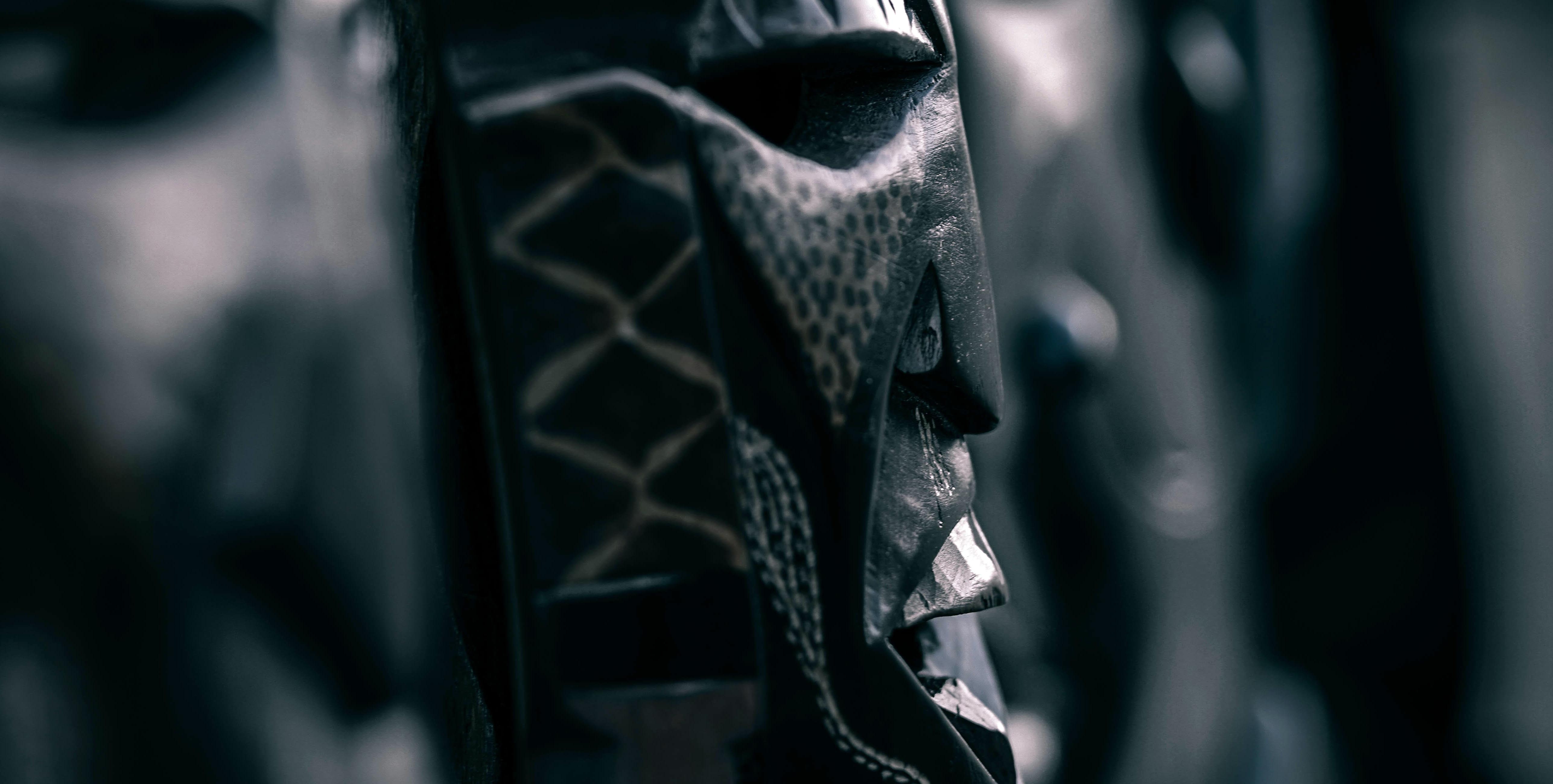
Published on December 29 2014
Written by:
yourafricansafari.com
10047 views
Haggling is an accepted shopping practice except in designated stores.
Popular wood carvings include masks, candle sticks, bowls, animals and spoons.
African blackwood is considered near threatened. Exercise restraint and caution when making your purchases and try to support reputable stores and artists.
One of the nicest souvenirs one can bring home from an African safari is something is that locally made and locally sourced. Your business helps support local communities and it pays to shop around to ensure your money is going to support legitimate practices. There are many locally made or locally sourced gifts available for purchase in any safari country, and I could probably write a small tome on them, from Kenyan coffees to Masai shuka (blankets) and necklaces to South African wines.
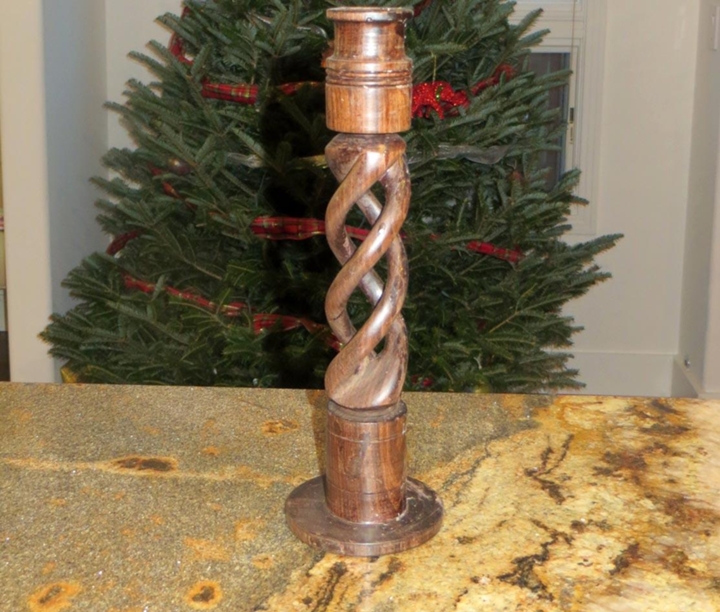
Aside from Tanzanite, I’ve purchased pretty much every popular curios and gift. I’ll admit it, I love spreading out my Masai shuka on that first warm, spring day. It makes for the perfect picnic blanket and its brilliant colors remind me of all the wonderful safaris I’ve enjoyed, and the promise of those to come.
One of the most popular souvenirs in Tanzania and in Kenya is a souvenir made from carved wood. In Tanzania, many of the wooden crafts are made from Blackwood, or Mpingo in Swahili. It is a dense wood that ranges in color from a ruddy red/brown to almost near-black. Nearly every souvenir shop in Tanzania, and many in Kenya, sells carved, wooden souvenirs. Apparently, trans-border trade of Mpingo is illegal between Tanzania and Kenya, but nearly every souvenir store in Kenya, or at least southern Kenya, features many Mpingo carvings. These come in a host of shapes and sizes, with more-than-ample carvings of masks, statues and busts, African animals, bowls, plates and cups, and candlesticks.
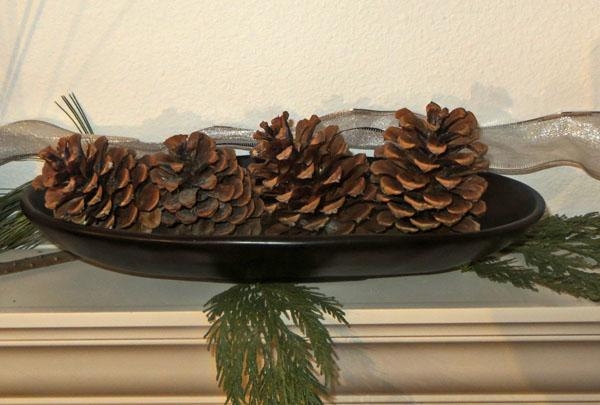
When I first began my souvenir hunting, I was confused with what various vendors were telling me. Some were claiming their carvings to be made from African blackwood, but a few were saying ebony wood. At first I thought the terms must be synonymous, but I soon learned the difference. One man showed me a very small elephant that had been carved from ebony wood. It was considerably darker in color than Blackwood and far heavier. Its heft really surprised me and I learned that ebony wood does not float. I also learned that it has not been harvested sustainably and that most vendors are purporting to sell ebony wood that is really another wood with a bit of shoe polish on it.
Ebony wood is generally from the genus Diospyros. Some varieties include Ceylon ebony, Mauritius ebony and Gabon ebony. The wood in the photo below, courtesy of Wikipedia, is thought to be Gabon ebony. Most types of ebony wood are considered vulnerable and under threat.
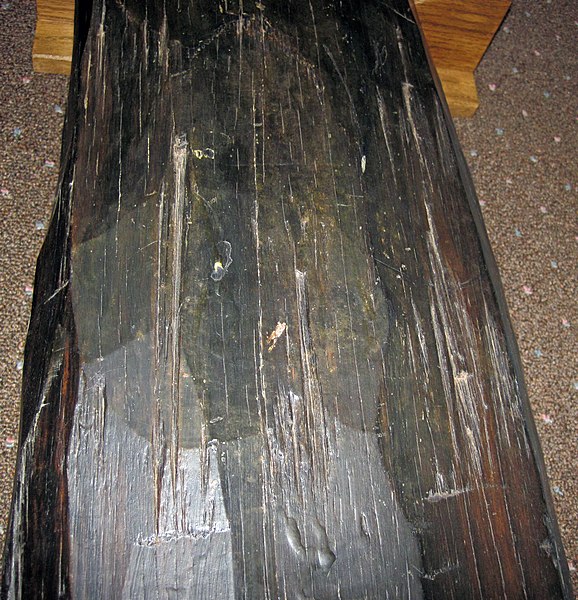
African blackwood is part of the genus Dalbergia, which also includes Brazilian rosewood. African blackwood is often used in the construction of wind instruments. It is a relatively small tree, no more than 15 meters (45 feet) tall and it has a slow rate of growth. It's considered overharvested in Tanzania and Kenya, and several conservation organizations have been formed to help preserve and protect this important plant.
Below is a photo of African blackwood, courtesy of Wikipeida.
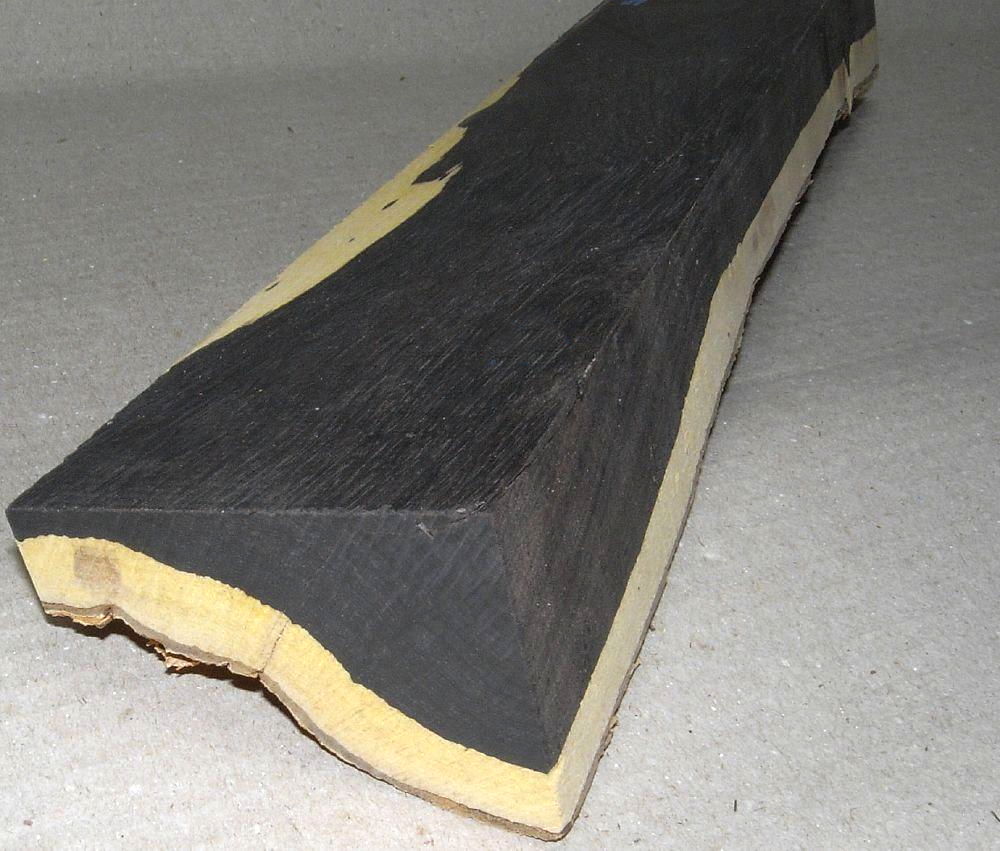
As I mentioned earlier, it’s important to shop around a bit before making your purchase. Although this is more time-consuming that just buying something in your hotel lobby gift shop, it allows you to compare and contrast different artists’ work and to get a feel for what is good quality and what isn’t. It also gives you some price points. Any of the larger towns, such as Arusha, Nairobi and Dar es Salaam, will feature the full gamut of shopping options, from local markets to airport shops to hotel gift shops and stores such as Cultural Heritage. Cultural Heritage, in Arusha, Tanzania, works with local artists to produce quality artwork and crafts. The quality is said to be higher, but the prices are, too. I was told haggling was not an option here, but I’d already spent the morning haggling away at two of the main markets and even managed to negotiate a lower price at my hotel’s gift shop the night before, so I wasn’t sure I believed it. After 10 minutes in there, unable to get them to come down even $1, I believed it. In my experience, they hold very firm on price and say it hurts the artists, otherwise. I respect that and bought some African blackwood candlesticks from there. They were heavy and solid-feeling. I was happy with my purchase.
February 2020 update: Since writing this article, one of my candlesticks has met its demise after falling off the mantle onto a concrete floor. The interior was as dark as the exterior and it appears I did buy a genuine African blackwood candle.
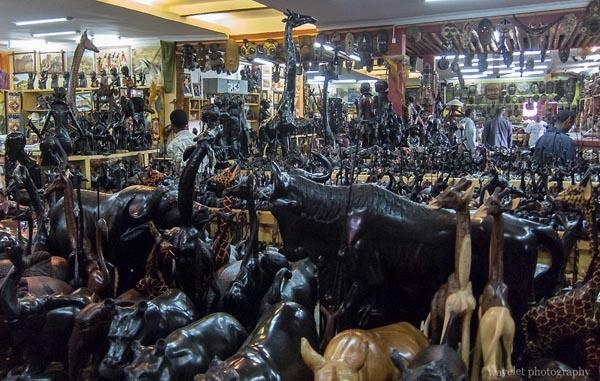
I also have made several purchases at local markets and found it extremely helpful to compare the goods here with those at fixed-price stores. In general, the quality is inferior to what you’ll see in higher-end stores, but not always. I spent probably 30 minutes going from stall to stall, checking out every oblong wooden bowl of a certain size.
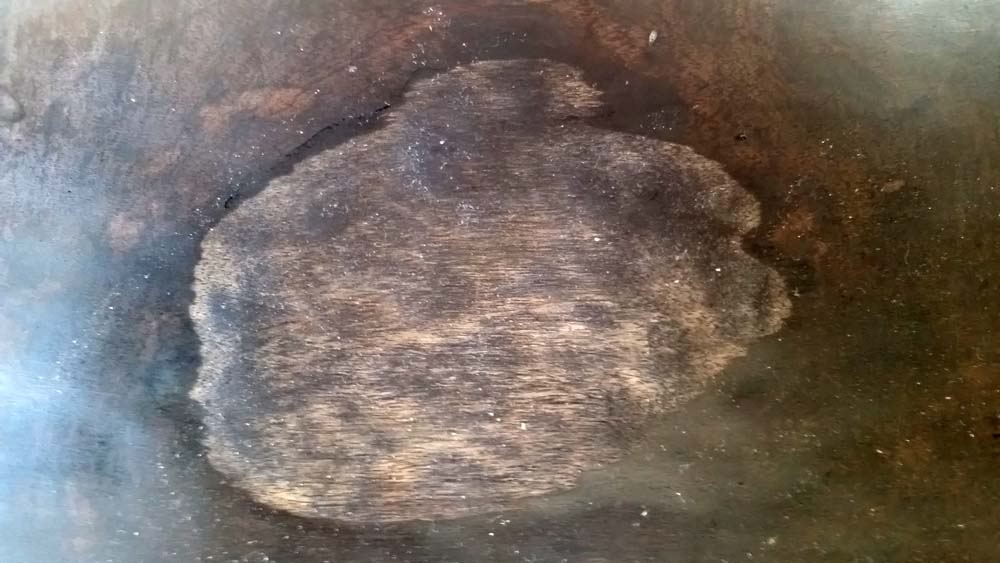
Caveat emptor: some bowls are not even made out of African blackwood, yet they claim to be. After you’ve had your hands of a few of these suckers, you’ll soon understand how to spot them. Some will leave a stain on your hands, as they’ve most likely been stained with shoe polish. Others will feel extremely light and flimsy. I was too confident on my second safari and less cautious on my purchases. As a result, I’m the proud owner of a cheapo wooden bowl that appears to have been glued together at least once in its past.
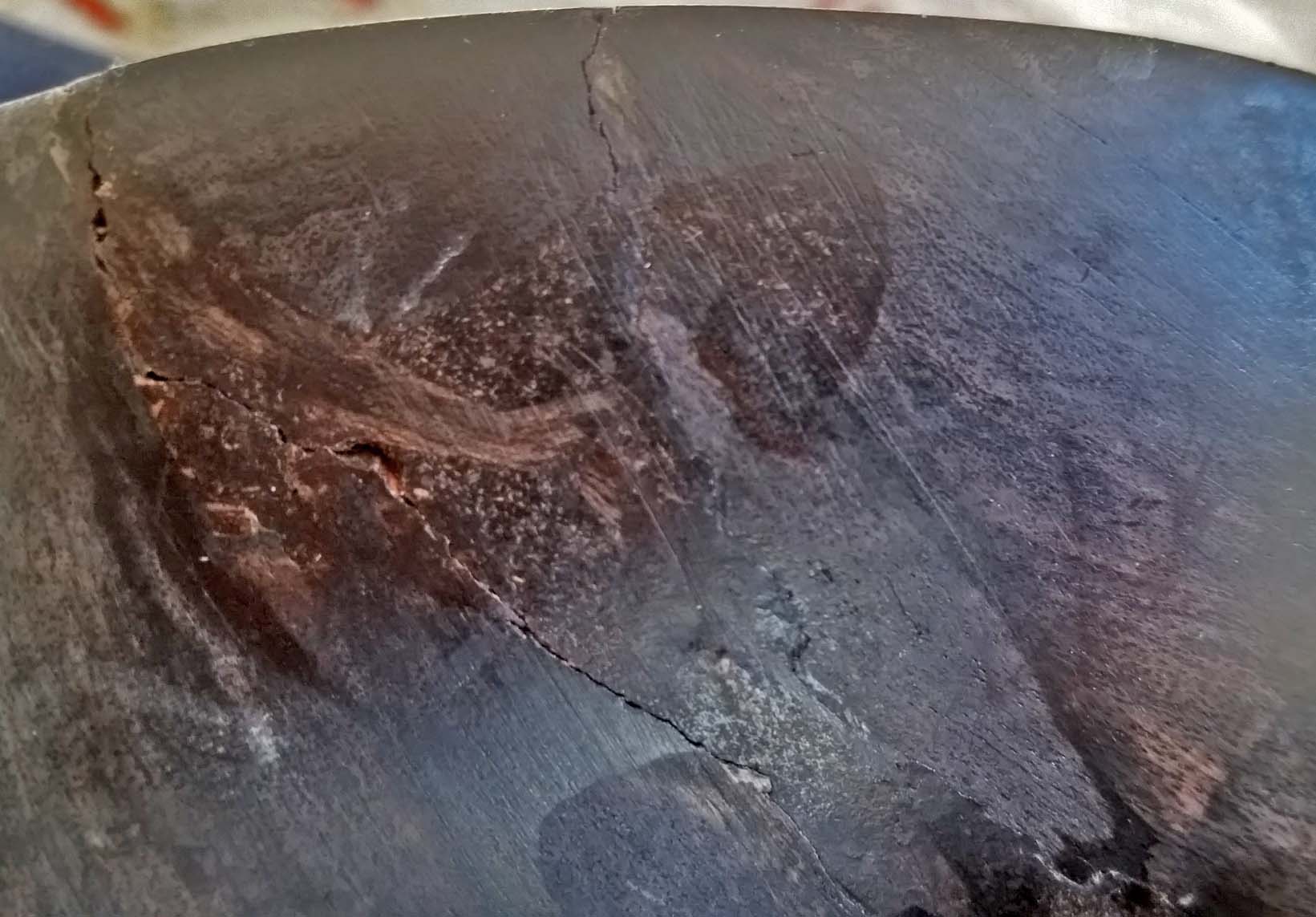
My oblong African blackwood bowl, I’m pleased to report, is just as beautiful and sturdy as it was when I first purchased it in 2009! It was also at least double the price of cheapo bowl. Lesson learned.
Transporting your African souvenirs home is not as easy as it sounds. Some of the higher-end stores will offer to ship larger pieces anywhere in the world, for a pretty penny. This may be the ideal choice for those with limited luggage space. If you opt to have your gifts shipped home, ask if you can wrap them in person. This way, you’re able to help ensure that they get the cushioning needed to withstand the long journey home. The other option for gifts that are too large to fit in carry-on luggage is to check them in your baggage.
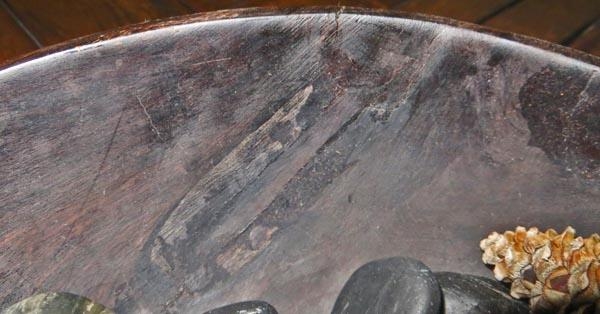
I’ve only done this with the more solid items, such as the wooden bowls. They were easy to wrap in sweaters and jeans and arrived unscathed. I’ve had several friends who weren’t so lucky, including my father. A woodworker in his own right, he loved the carvings of the African animals and purchased several large carvings. They were wrapped lightly at the markets where he purchased them, and he wrapped them a bit more in his luggage. When he got home and opened his suitcase, he was heartbroken to see his elephant missing a tusk, his rhino missing a horn, and his giraffe with a broken leg. It was as if the airline workers had poached his wooden wildlife. I would not recommend packing any fragile wooden gifts and to even bring bubble wrap along with you on safari if you plan on purchasing anything fragile.
Market photo courtesy of http://waveletphotography.com/
Has been on: 15 safaris
Your African Safari (YAS) is a safari-planning resource for anyone planning an African safari. It features information on over 2600 tour operators including company and vehicle descriptions, user reviews, safari itineraries and photos. It also features detailed information on 14 countries and 84 parks and game reserves.
© Your African Safari Ltd, All rights reserved.
Your African Safari is a safari-planning and safari review site. It was created to help support a healthy African wildlife population. All reviews are vetted before being approved and only ethical tours are published

Garamba National Park—an anchor of hope in the Democratic Republic of Congo
Published on January 09 2025
By: R.W.

Namibia imposes new visa requirements
Published on July 25 2024
By: yourafricansafari.com

Do I really need travel insurance or travel protection for my safari?
Published on July 30 2024
By: yourafricansafari.com